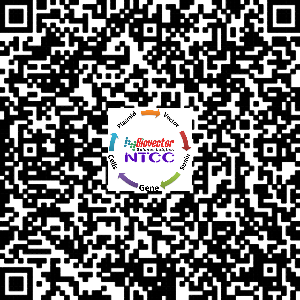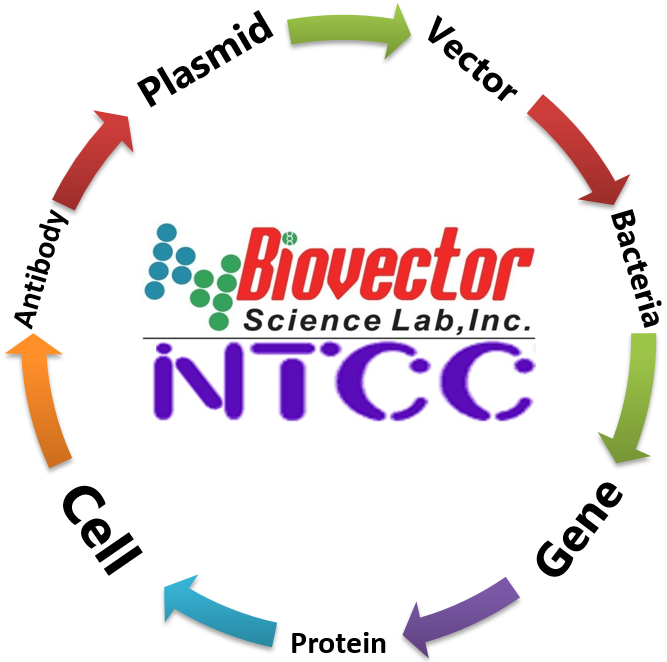- BioVector NTCC典型培养物保藏中心
- 联系人:Dr.Xu, Biovector NTCC Inc.
电话:400-800-2947 工作QQ:1843439339 (微信同号)
邮件:Biovector@163.com
手机:18901268599
地址:北京
- 已注册
SCN2.2 cell line大鼠胚胎下丘脑细胞株
Primary cultured cells from the presumptive anlage of the rat suprachiasmatic nucleus (SCN) were immortalized by infection with a retroviral vector encoding the adenovirus 12S E1A gene. After drug selection, the resulting neural cell lines (SCN1.4 and SCN2.2) displayed (a) extended growth potential without evidence of transformed or tumorigenic properties, (b) expression of E1A protein within all cell nuclei, and (c) heterogeneous cell types in various stages of differentiation. A large proportion of the SCN1.4 and SCN2.2 cells were characterized by gliallike morphologies, but showed limited expression of corresponding cell type-specific antigens. In addition, both lines exhibited a stable population of cells with neuronlike characteristics. When treated so as to enhance differentiation, these cells were often distinguished by fine, long processes and immunocytochemical expression of neuronal markers and peptides found within SCN neurons in situ. Observations on SCN neuropeptide immunostaining, content, release, and mRNA expression followed a concordant pattern in which somatostatin and vasopressin cells were the most and least common peptidergic phenotypes in both lines, respectively. Since these results indicate that constituents of E1A-immortalized lines derived from the primordial SCN can differentiate into cells with phenotypes resembling parental peptidergic neurons, it will be critical to explore next whether these lines also retain the distinctive function of the SCN to generate circadian rhythms. Cloning of immortalized cell types could subsequently yield useful tools for studying the development of SCN glial and peptidergic cell types and delineating their distinct roles in mammalian circadian time-keeping.
Supplier来源:BioVector NTCC Inc.
TEL电话:400-800-2947
Website网址: http://www.biovector.net
- 公告/新闻




